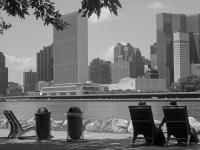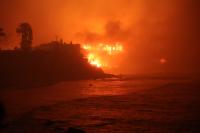Si-M – Der Simulierte Mensch
Berlin, Germany
The new research building is a joint project of Charité-Universitätsmedizin Berlin and Technische Universität Berlin and enables both institutions to conduct translational research under one roof.
The urban planning approach shows a future-oriented solution for the gradual development and post-densification of the Biomedicine Campus. The already existing institutes and the heterogeneous, partly historical building fabric are complemented by appropriate building blocks with a differentiated height development. This creates a homogeneous and identification-forming overall quarter with individually designed, sophisticated individual building blocks. The Si-M occupies a prominent and easily recognizable position on the northeastern boundary of the site.
In analogy to its research content, the building design of the SIM sees itself as a living organism: technology platforms as interconnected cells and meeting areas as cell cores as well as the façade as a protective fabric form the components.
With its square basic form, the building allows for compact and clear floor plans with short distances. Contrasting with the clear exterior contour, a freely modeled, connecting and level-spanning center develops inside the building. In the center of the open and transparent first floor is the Theatron, a multifunctional and communicative space with lowered seating steps, which is lit from the open air space. The space is flanked by other public spaces, such as the meeting and office areas, smaller exhibition areas and the cafeteria, which also enlivens the campus square in front of it.
Employees and visitors access the upper floors via a curved flight of steps around the Theatron. They each house one of the three main research areas and enable a variety of cross-level communication. To this end, they are connected to each other via the airspace around the central hub of the building. The staircases rotate around the technology platforms and connect further meeting and communication facilities such as seating areas, smaller workplaces, the transparently separated seminar rooms and presentation areas. Large openings in the façade reflect the internal structure and allow insights and views.
- Architects
- Telluride Architektur
- Location
- Berlin, Germany
- Year
- 2023
- Client
- Technische Universität Berlin, Charité – Universitätsmedizin Berlin
- Wettbewerb
- 1. Platz/Realisierung






